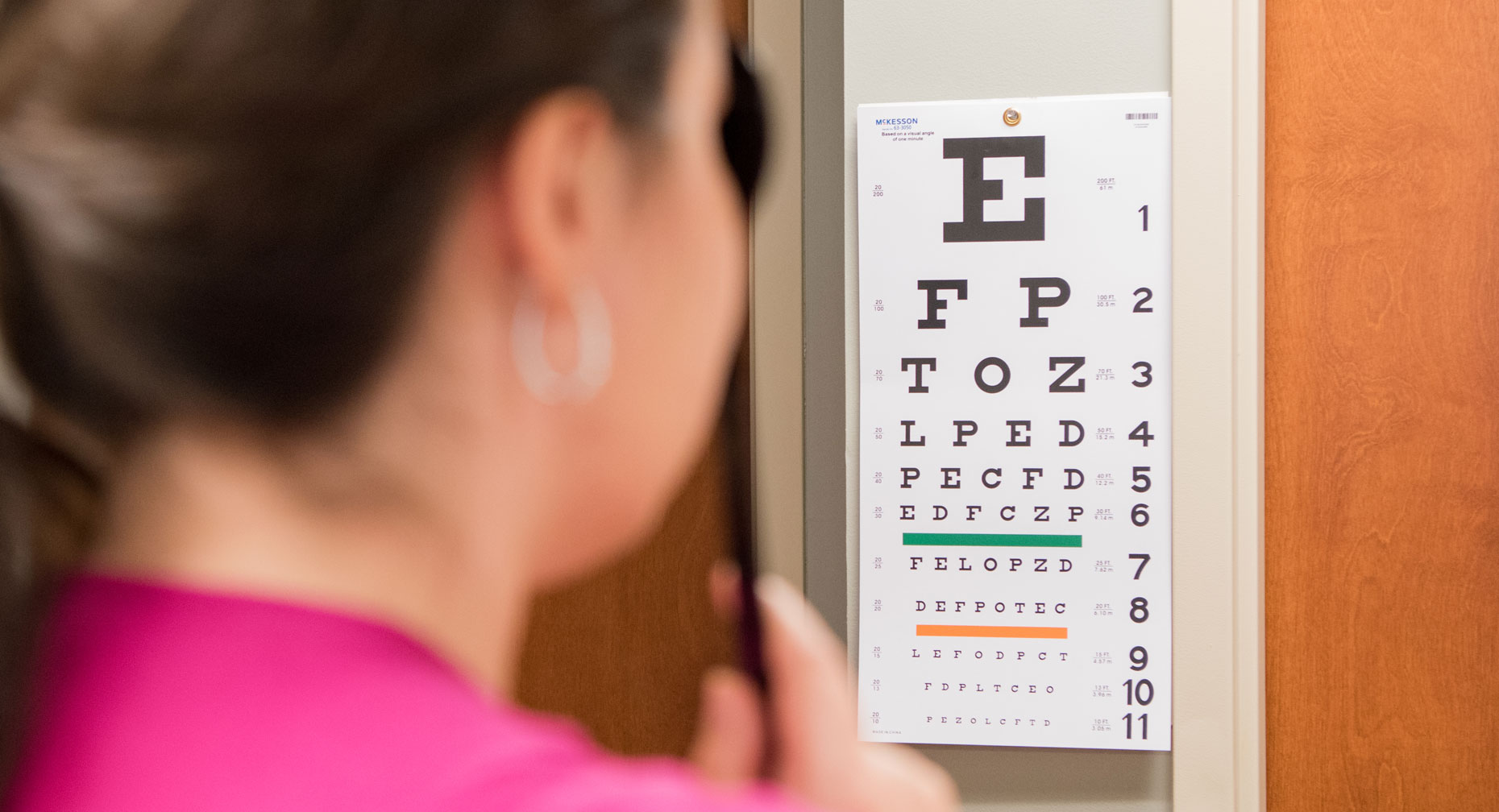There are many ways to take care of the eyes, including having routine exams with an eye doctor. An eye exam is far more important than checking for and correcting blurry vision. These exams are essential to having a clear vision and identifying health problems.

Let’s take a look at the reasons annual eye exams should not be missed:
Corrects vision
When vision is blurry, an eye exam will help the eye doctor determine the levels at which a patient can have his or her vision corrected. This can include glasses, contacts, or corrective surgery. Blurry vision can be distracting when working and straining to see clearly can cause headaches and tired eyes. Having an annual eye exam can help correct vision before it gets too blurry.
Helps kids succeed in school
In school, children are expected to do a lot of reading, which requires good vision. With an increase in screen time, having regular eye exams has become more important than ever. Taking a child to an annual eye exam helps ensure he or she is seeing clearly and is ready to succeed in the classroom. Clear vision is also important for kids who participate in sports and extracurricular activities.
Diagnoses eye disease early
Regular eye exams can help diagnose many of the different eye diseases early. Diseases that eye exams can diagnose include cataracts, diabetic eye disease, diabetic retinopathy, glaucoma, and macular degeneration.
Detects other health problems
Eye exams do more than correct vision and look for diseases within the eyes. Diseases, such as high blood pressure, high cholesterol, diabetes, and some cancers have been spotted during routine eye exams. During an annual exam, the eye doctor will oversee the condition of blood vessels within the retina, which can alert doctors to other health issues.
As shown above, there are many benefits to having a routine eye exam and eye doctors offer comprehensive eye exams, which includes vision check and scanning for diseases. Now that we know the benefits to have a routine eye exam, let’s take a look at what is involved in a comprehensive exam.
Length of exam
Comprehensive eye exams cover everything needed to properly check a person’s eyes. Tests include everything from using a simple eye chart to using a high-powered lens to look into the eyes. It can take up to an hour or more to complete all the necessary tests.
Vision tests
The first test an eye doctor will do is the vision test. This is generally done using an eye chart and measures the sharpness of a person’s vision. This test measures visual acuity, the ability to read at a distance, and is able to measure the overall clarity of a person’s vision. A patient may also be given a hand-held eye chart to measure close-up vision.
Color blindness test
The eye doctor will do a quick screening to check color vision. This is done to rule out color blindness and can alert the eye doctor to any possible health and eye problems that are affecting a person’s ability to see colors.
Cover test
The cover test is one of the most common tests eye doctors use during a comprehensive exam. This test checks to see how the eyes work together. During this test, patients are asked to focus on an object on the other side of the room while one eye is covered. The test is repeated on each eye. The doctor observes the uncovered eye to see how it reacts and moves.
Eye movement/Ocular motility test
Ocular motility tests are performed to determine how well the eyes move when following an object. The eye doctor will ask the patient to hold his or her head still and follow an object or light as it moves from side to side. This will help diagnose if there are any issues with eye movement.
Depth perception/Stereopsis test
A stereopsis test can determine a person’s depth perception and how well he or she interprets three-dimensional objects. During this test, patients are asked to wear 3D glasses and look at a series of patterns.
Retinoscopy
This test is performed to give the eye doctor an idea of a person’s eyeglass prescription. Lights are dimmed for this test and patients are asked to read an eye chart. During this test, the doctor will change lenses asking which one is clearer. The test will continue until the eye doctor has an idea of what the prescription is.
Other tests
There are a variety of other tests that the eye doctor may perform during a comprehensive exam. These tests may include refraction, pupil dilation, and glaucoma tests. All the other tests are used to help diagnose the overall health of the eyes and any other health conditions.
Do not put off getting a routine eye exam. Those who feel they have perfect vision should still get in to see an eye doctor annually.
 icons at the top right corner of the subsection.
icons at the top right corner of the subsection.